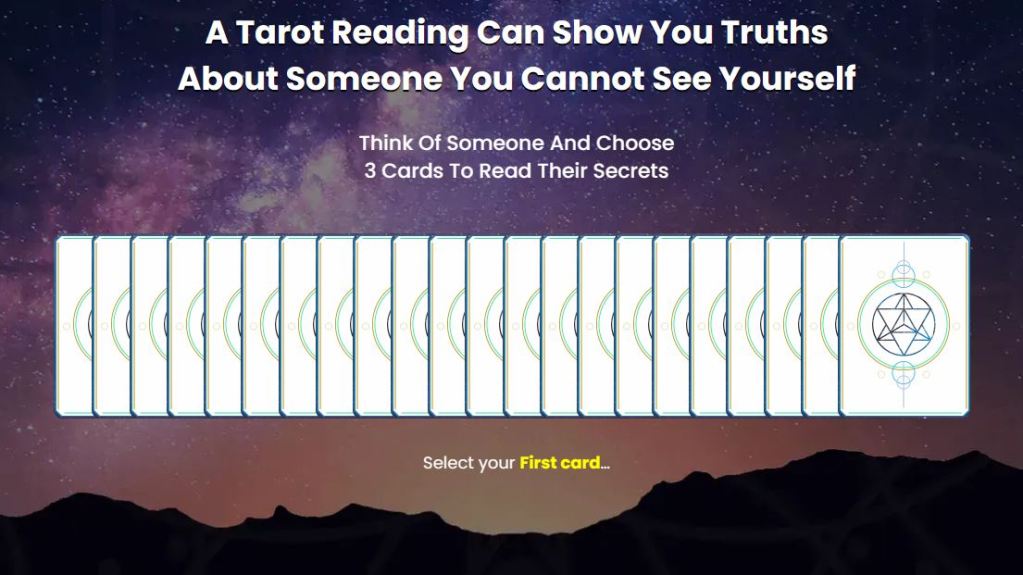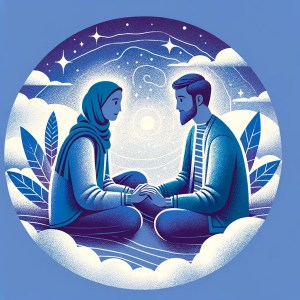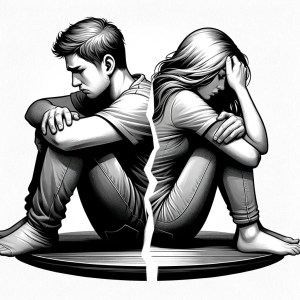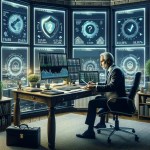- Decoding the Power of Eye Contact: Insights into Relationship Dynamics
- Historical Context of Eye Contact
- Psychological Depths of Prolonged Gazing
- Interpreting Eye Contact in Relationships
- The Dance of the Eyes: Flirtatious Gaze vs. Friendly Glance
- Can Eyes Betray a Lie?
- From Attraction to Connection: The Journey of Prolonged Gazes
- Cultural Interpretations of Eye Contact
- Cultural Norms: The Diverse Spectrum of Eye Contact
- Understanding Respect: The Delicate Dance of the Gaze
- Eyes as Connectors: Beyond Words
- The Power Dynamic Behind the Gaze
- Eye Contact in the Digital Age Relationships
- Conclusion
Decoding the Power of Eye Contact: Insights into Relationship Dynamics
Introduction
Have you ever felt a shiver down your spine from a mere glance? Or experienced an unspoken understanding with someone through just a lingering look? Often dubbed the “windows to the soul,” the eyes communicate more than words ever could. In the intricate dance of human connections, whether romantic or platonic, what secrets lie behind those intense, prolonged gazes? Embark on a captivating journey with us as we decode the powerful language of eye contact and its revealing role in our relationships.
Historical Context of Eye Contact
Ancient Civilizations and the Power of the Gaze
From the pharaohs of Egypt to the philosophers of Ancient Greece, eye contact has always played a crucial role in human interaction. In ancient Egypt, the eyes were considered gateways to intelligence and were often emphasized in statues and paintings to reflect a person’s character and integrity. Hieroglyphs and ancient scriptures highlight the importance of the “Eye of Horus,” symbolizing protection, power, and good health.

The Greeks, too, saw profound significance in the gaze. Plato once mused on the eyes being the organ where love enters the soul, highlighting their role in romantic and deep emotional connections.
Eyes in Mythology: Messengers of Truth and Emotion
World mythologies are replete with tales emphasizing the importance of the eyes. In Norse mythology, Odin sacrificed one eye in exchange for wisdom, showcasing the weight of vision in understanding and perception. Source
In Hindu mythology, the third eye of Lord Shiva, when opened, emits flames and symbolizes the destruction of evil and ignorance, underscoring the eyes’ ability to discern truth and justice.
The Evolution of Understanding: From Mystical Beliefs to Psychological Insights
As civilizations progressed and science advanced, the interpretations of eye contact evolved. From being mystical symbols, eyes became subjects of psychological and sociological study. Pioneers like Sigmund Freud and Carl Jung delved deep into the subconscious meanings of eye behavior. Modern psychologists have since established that maintaining eye contact is an essential non-verbal cue, often indicating interest, trustworthiness, and attentiveness.
This rich historical tapestry provides a foundation for understanding the multi-faceted significance of eye contact in our contemporary world.
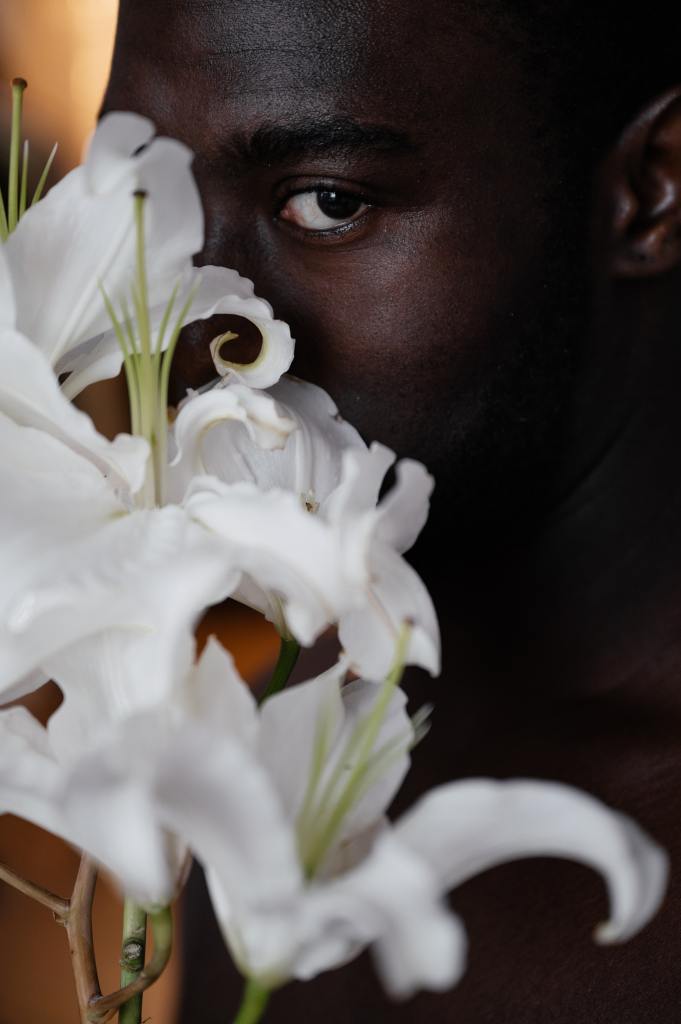
Psychological Depths of Prolonged Gazing
Unspoken Communication: The Silent Narratives
While words form the backbone of our conscious communication, our eyes often tell tales we might never utter aloud. They can convey myriad emotions, from joy, surprise, and curiosity to skepticism, disdain, or sadness. Research suggests that even infants, who are yet to master language, rely heavily on eye contact to interpret social cues and build attachments.
Eye Contact and Trust: The Foundations of Strong Bonds
Numerous studies have established that people who make regular eye contact are perceived as more reliable, warm, sociable, and sincere. When we lock eyes with someone, it often signals that we are invested in the conversation and the individual. It’s a silent affirmation that we are present, listening, and valuing the shared moment.

The Link Between Prolonged Gazes and the “Love Hormone”
Oxytocin, often dubbed the “love hormone” or “bonding hormone,” is known to play a crucial role in forming interpersonal attachments. Intriguingly, prolonged eye contact has been shown to increase the release of oxytocin. This biochemical response can enhance feelings of trust, understanding, and emotional bonding between individuals. Whether between a mother and her newborn or two romantic partners, these extended gazes work at a molecular level to strengthen bonds.
Decoding Attraction: Understanding Eye Patterns
Our eyes can give away subtle clues about our feelings and intentions. For instance, frequent dilations can indicate heightened interest or attraction. A study found that when people find someone attractive, their gaze not only lingers but also travels through specific patterns – focusing on the eyes, then the nose, and finally the lips, establishing a triangular motion. Recognizing these patterns can be key to deciphering unspoken feelings and intentions.
As we navigate the complex dynamics of relationships and human interaction, understanding the profound implications of prolonged gazing becomes paramount. It’s not just about what meets the eye, but the deeper connections and messages that linger beneath.
Interpreting Eye Contact in Relationships
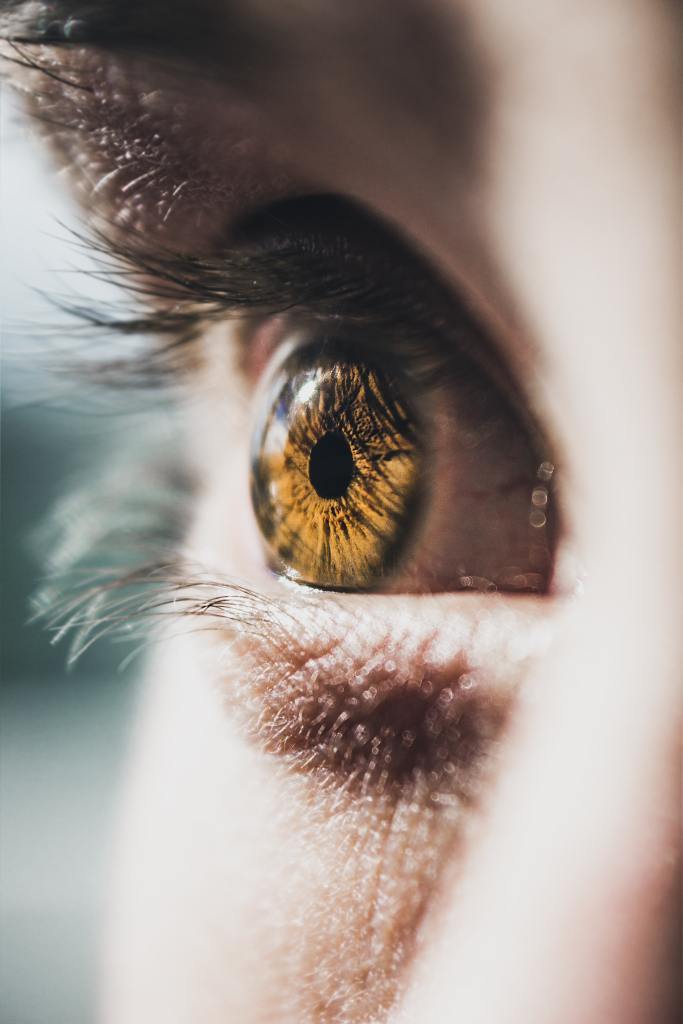
The Dance of the Eyes: Flirtatious Gaze vs. Friendly Glance
Eyes can be playful, enticing, or simply genuine. Distinguishing between a flirtatious gaze and a friendly glance can sometimes be subtle yet profoundly different. While a flirtatious gaze often lingers, with the pupils dilated and a triangular pattern of movement (from eyes to lips), a friendly glance might be more direct, shorter, and less intense. Interestingly, one study suggests that the direction of a person’s gaze can indicate whether they’re feeling romantic love or platonic love for the person they’re looking at.
Can Eyes Betray a Lie?
Since ancient times, humans have believed that eyes could give away deceit. Modern science backs this up to some extent. People who are being deceptive might display micro-expressions – involuntary facial expressions that flash on a person’s face for a fraction of a second and reveal genuine emotions hidden beneath the deception. While these are not limited to the eyes, certain eye behaviors like blink rate might change when someone is lying. However, it’s crucial to remember that these cues are not foolproof and can vary widely among individuals. Detecting deception solely based on eye movement can be unreliable, as emphasized in a report.
From Attraction to Connection: The Journey of Prolonged Gazes
In the early stages of a relationship, prolonged gazes often signify attraction, curiosity, and intrigue. As relationships mature, these gazes evolve. The intensity might remain, but the underlying emotions shift from just attraction to deeper sentiments like trust, understanding, and genuine connection. Extended eye contact in long-term relationships can also serve as silent reaffirmations of love, commitment, and mutual respect. A study found that couples in deep love tend to maintain prolonged eye contact longer than those whose relationship is based solely on attraction.
The art of interpreting eye contact in relationships is a blend of science, intuition, and keen observation. By paying attention to these unspoken cues, we can gain valuable insights into our relationships and the emotions that lie beneath the surface.
Cultural Interpretations of Eye Contact
Throughout history, the act of making eye contact has been perceived differently based on cultural norms, values, and societal contexts. Eye contact can be a powerful tool for communication, but its interpretation varies widely across cultures.
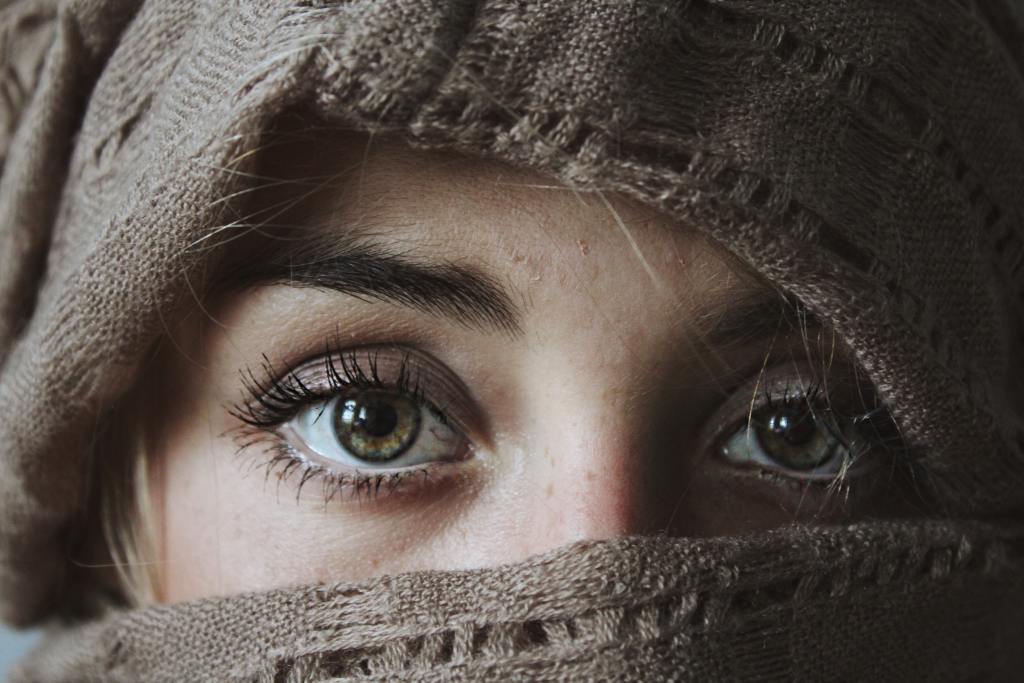
Cultural Norms: The Diverse Spectrum of Eye Contact
In some cultures, direct eye contact is a sign of confidence, honesty, and active engagement. For instance, in many Western cultures, maintaining eye contact during a conversation is seen as a sign of attentiveness and sincerity. Failing to meet someone’s gaze, especially during important discussions or negotiations, can be interpreted as evasiveness or even dishonesty.
On the other hand, in certain Asian, African, and Native American cultures, direct eye contact, especially between juniors and their elders or superiors, can be considered disrespectful. It’s seen as a challenge to authority or an intrusion into personal space.
Understanding Respect: The Delicate Dance of the Gaze
Eye contact etiquette in countries such as Japan, South Korea, and Thailand emphasizes humility and respect. In these societies, a lowered gaze is often a sign of deference, particularly when interacting with someone of a higher social or familial status. It’s a way of acknowledging the other person’s position without using words.
Similarly, in Middle Eastern cultures, prolonged eye contact between unrelated men and women can be deemed inappropriate due to religious and social norms. Such interactions are often reserved for close family or within marital relationships.
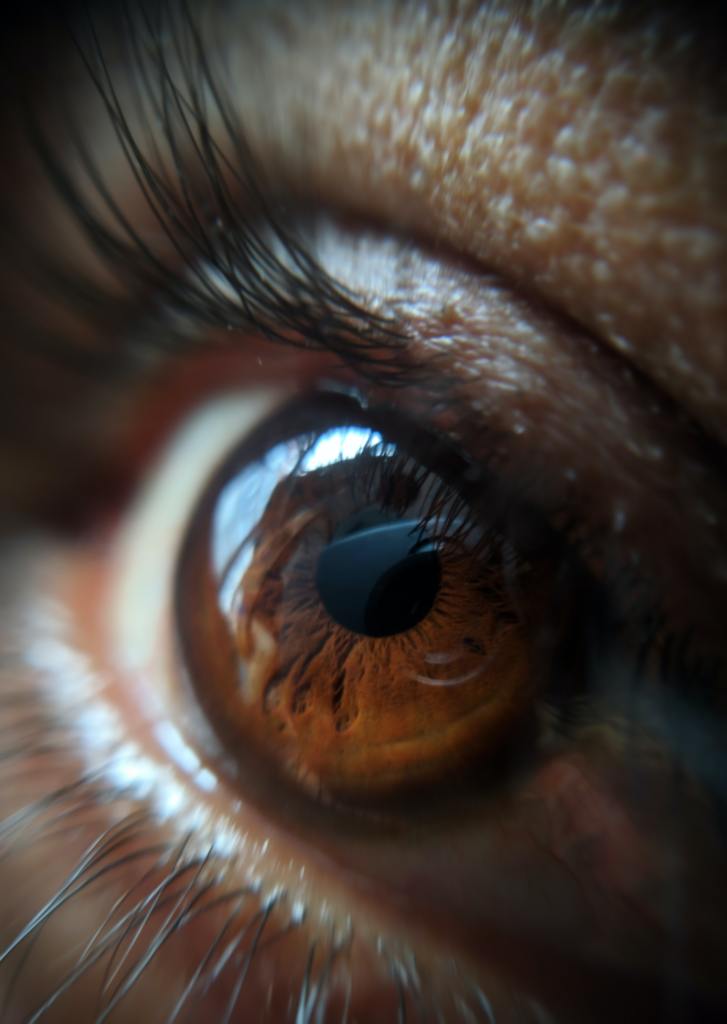
Eyes as Connectors: Beyond Words
In certain cultures, the eyes play an even more profound role in non-verbal communication. Mediterranean and Latin American cultures, for example, often place a high value on expressive eye contact. A deep, prolonged gaze can convey a range of emotions—from interest and affection to concern and empathy—often more eloquently than words.
In some tribal societies, rituals that involve prolonged eye contact are used to foster deeper communal bonds, bridge understanding, or even mediate conflicts. These practices highlight the universal human recognition of the eyes as potent tools for connection and understanding.
Eye contact, with all its nuances and interpretations, underscores the complexity and richness of human interaction. As our world becomes more interconnected, recognizing and respecting these cultural subtleties becomes increasingly essential. Whether it’s a fleeting glance or a prolonged gaze, the eyes remain one of humanity’s most expressive features, capable of revealing deep emotions and insights across any language barrier.
The Power Dynamic Behind the Gaze
Eyes, often described as the windows to the soul, have the power to convey more than just emotion. They are a tool, a channel through which power dynamics are established, challenged, and communicated. Through mere glances, we can assert dominance, exhibit submission, or seek mutual respect. Let’s delve into the intricate dance of power dynamics played out through our gazes.
Asserting Dominance or Displaying Submission
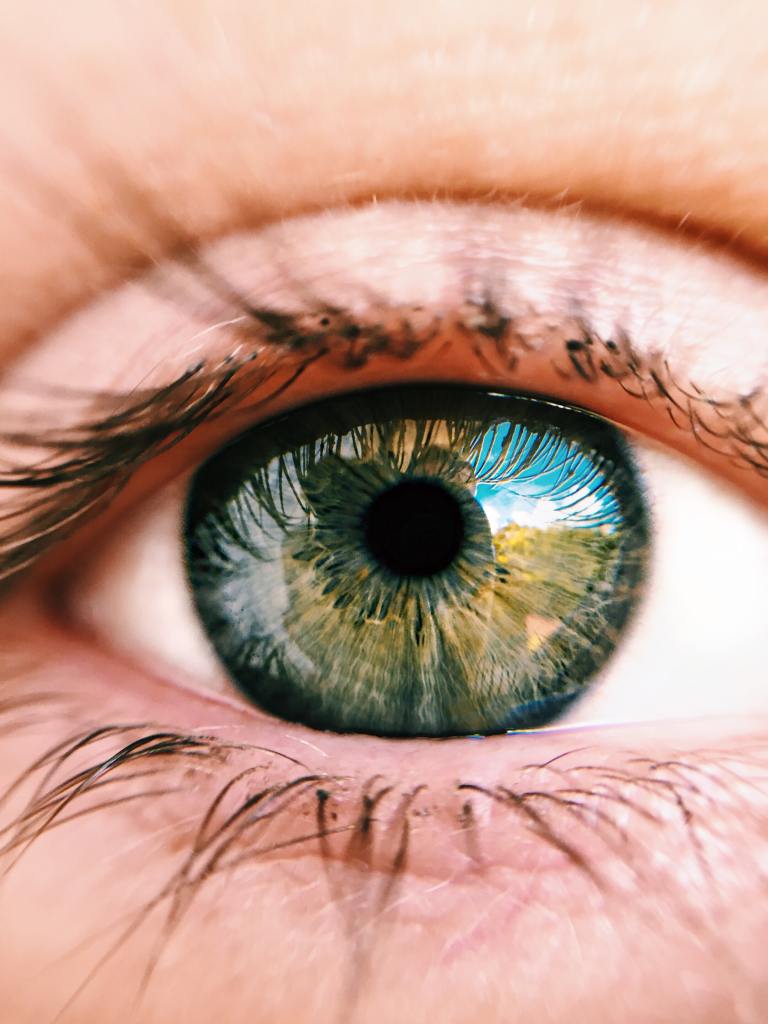
Eye contact, in various settings, serves as a non-verbal cue to establish hierarchy and authority. A steady, unyielding gaze, especially in competitive environments, can be perceived as an assertion of dominance, a challenge, or a demonstration of confidence. It silently communicates, “I’m not afraid, and I hold my ground.” Conversely, avoiding eye contact, especially when being reprimanded or in the presence of a perceived superior, is often a universal sign of submission. It reflects acknowledgment of another’s dominance or authority. In some cultures, this act of looking down or away is not just a sign of deference but also of respect.
Reading the Room: The Gaze in Varied Settings
The appropriateness of certain types of eye contact depends heavily on the setting. In professional environments, maintaining steady eye contact during negotiations, presentations, or discussions can be an essential element of effective communication. It conveys confidence, attentiveness, and sincerity. However, in more personal or intimate settings, the nuances change. For example, a prolonged gaze during a casual conversation among friends might convey deep interest or empathy, while the same gaze in a different context might come across as intrusive or confrontational.
Establishing Equality: The Dance of Mutual Gazing
When two individuals engage in mutual, prolonged eye contact without the intent of dominance, it often reflects mutual respect and understanding. This balanced form of non-verbal communication, termed ‘mutual gazing,’ can signify a strong bond, deep connection, or shared empathy. It’s often seen among close friends, romantic partners, or individuals having a heart-to-heart conversation. Such shared gazes foster a sense of equality and understanding, eliminating the power play and focusing on connection. In moments like these, eyes truly speak a universal language, expressing sentiments that words might fail to capture.
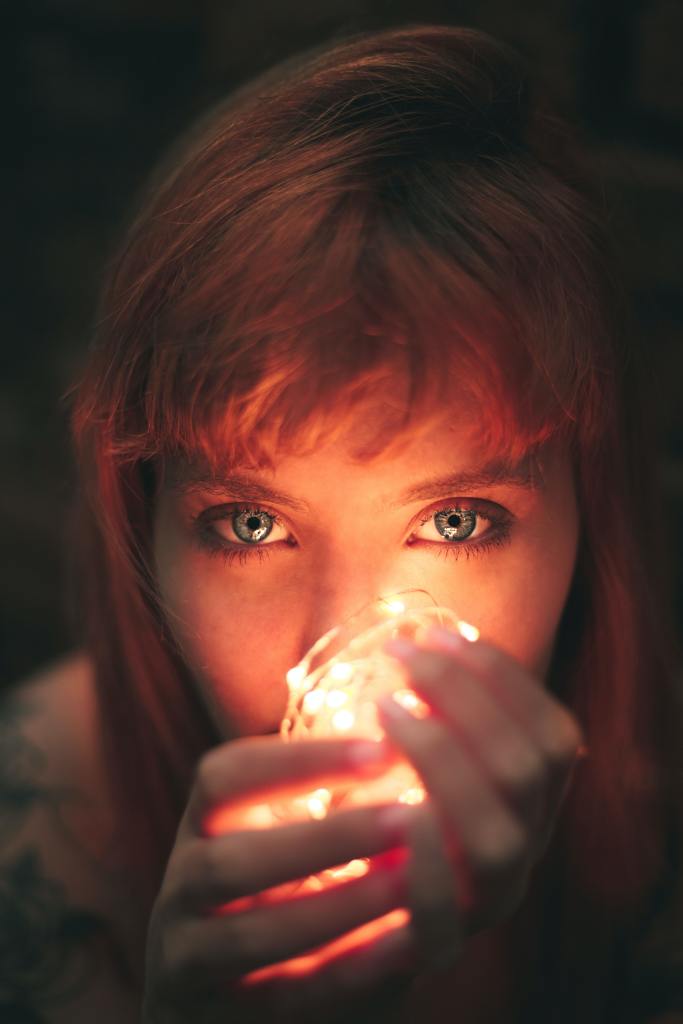
Navigating the complex language of eye contact requires more than just understanding cultural norms. It’s about intuiting the unspoken feelings and intentions of others, recognizing the power dynamics at play, and choosing how to respond. Whether we’re asserting our position, showing respect, or seeking connection, our eyes remain a potent tool in the intricate dance of human interaction.
Eye Contact in the Digital Age Relationships
In the age of technology, where screens have become extensions of ourselves, the traditional nuances of eye contact have shifted. While our ancestors relied on direct eye-to-eye interactions to convey emotions, today’s generation often finds itself grappling with the concept of virtual gazes. Can a gaze truly traverse digital realms and convey genuine emotion? Let’s explore the complexities of eye contact in our tech-savvy era.
Virtual Gazes: Can We Feel Connected Through Screens?
With the advent of video conferencing tools, virtual meetings, and digital social hangouts, the dynamic of eye contact has transcended physical boundaries. There’s a unique intimacy in video calls; you’re invited into someone’s personal space, albeit digitally. Yet, the question remains: Can we genuinely feel connected through pixels and data packets? Research indicates mixed feelings. Some studies suggest that virtual interactions, when supplemented with appropriate body language and vocal cues, can indeed mimic the emotional depth of face-to-face interactions. However, others argue that the nuances of a genuine gaze—its warmth, intensity, and intent—can get lost in transmission, leading to a somewhat diluted experience.

The Challenge of Meaningful Eye Contact in an Age of Distractions
Our digital age, characterized by incessant notifications, multitasking, and the constant allure of the next viral video, poses a threat to genuine, prolonged eye contact. Even during in-person interactions, the irresistible pull of smartphones often leads to “phubbing” (phone snubbing), where individuals prioritize their screens over their companions. This digital distraction not only diminishes the quality of our interactions but also reduces our capacity to maintain meaningful eye contact. Instead of diving deep into conversations, we often find ourselves skimming the surface, offering fleeting glances instead of engaged gazes.
Relearning the Art of Engagement in a World of Fleeting Glances
There’s an undeniable need to relearn and prioritize the art of genuine engagement, especially in our screen-dominated world. Initiatives like “digital detoxes,” “phone-free dinners,” and mindfulness practices encourage individuals to rediscover the joy of present-moment awareness and the profound connection that sustained eye contact can offer. By actively training ourselves to look beyond screens and into the eyes of our counterparts, we can rekindle the depth and authenticity that characterized human interactions of yore. It’s a gentle reminder that, sometimes, the most genuine connections are forged not through likes, shares, or comments but through shared gazes and unspoken understanding.
The rapid evolution of technology presents both challenges and opportunities for human connection. While screens offer unprecedented access to global interactions, the essence of genuine, soulful eye contact remains a timeless need. It’s up to us to strike a balance, ensuring that our digital age doesn’t render the profound act of truly “seeing” one another obsolete.

Conclusion
Throughout human history, our eyes have served as silent narrators, weaving tales of emotions, intentions, and deepest desires without uttering a single word. Eye contact is not merely a physiological act but a bridge between souls, allowing us to traverse the landscapes of each other’s minds. In a world burgeoning with digital interactions and screen-mediated relationships, the authentic intimacy of a genuine gaze becomes even more poignant. Whether in the hallowed halls of ancient civilizations or the pixelated confines of a video chat, the depth of our eyes remains unparalleled in its communicative prowess. As we advance further into the digital age, amidst distractions and fleeting glances, let’s cherish and uphold the profound art of eye contact. For in those silent moments of shared gazes, we find a connection that resonates beyond words, echoing the timeless dance of human souls intertwining.
Leave your comments!
We’ve delved deep into the world of eye contact, but the true magic lies in your personal experiences. Think back to those pivotal moments where a gaze held more weight than words ever could. Was there an instance when a simple glance spoke louder than a thousand words? We’d love to hear from you! Share your eye contact stories, revelations, and the silent symphonies you’ve experienced. Dive into the discussion and let’s celebrate the unspoken power of our gazes together. Join the conversation and enrich our community with your unique perspectives!
Do not forget to check out all of our exciting free tools! Calculators, quizzes and downloadable checklists all for free.
